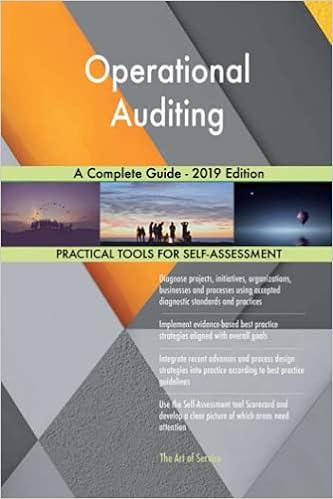


Traffic Agents write parking tickets. The purpose of the ticket is law enforcement. The threat of a ticket is believed to be a significant deterrent to parking illegally. Illegal parking blocks traffic (including emergency vehicles), blocks street cleaners, blocks fire hydrants, blocks driveways and crosswalks and reduces turning radius's making it difficult for trucks to move through the City. Parking tickets produce net revenue for the City. The Budget Bureau not only needs an accurate estimate of revenue, but it also would like the agency to figure out how to increase revenue. Where agents are assigned may influence the amount of revenue that is collected. This is due to several factors. First, the density of illegally parked vehicles varies from location to location which means the amount of tickets an agent can write in a day varies by location as well. Second, the amount of the fine varies by location, more in midtown, less in the other Boroughs. Last, the percentage of the fine actually collected varies as well. In addition there is a limit to the number of tickets an agent can physically write in a day. That limit is 200 tickets. That can only occur if every parking space had an illegally parked vehicle. In that case they could write a ticket and with virtually no time lost write another. One way to estimate how many tickets an agent will write in a given area is to multiply 200 times the density of illegally parked vehicles in that area. (Density is measured by percentage of vehicles parked illegally.) For example in Manhattan, the density is 40%. As such agents assigned to Manhattan can at most write 200 times 40% or 80 tickets per day. Illegally parked vehicles can only receive one ticket per day. As such the number of tickets that agents can write in any location is limited by the absolute number of illegally parked vehicles in that area. For example in Manhattan, there are 24,000 illegally parked vehicles each day. Therefore the number of tickets each agent write times the number of agents assigned to Manhattan cannot exceed 24,000. Some neighborhoods are more concerned about illegal parking than others are. As such there are upper limits to how many agents can be allocated to each area without creating community, political, or media concerns. On the other hand all boroughs must have some agents. As such, there is a lower limit to the number of agents assigned to a borough as well as an upper limit. For this analysis, the data is grouped by borough. There are a total of 1,000 agents to assign to field work. Currently, there are 250 assigned to Manhattan, 200 to the Bronx, 250 to Brooklyn, 200 to Queens, and 100 to Staten Island. 1) Given the data below, first structure a decision model, build a spreadsheet, and find the allocation of agents that yields the highest revenue to the City without creating community, political, or media concerns. 2) Second once you have that optimal solution, if the City decided to add 100 agents, where should they put them? Explain how you got your answer. Your answers do not have to be in whole numbers. That is you may assign 243.5 agents to a borough. Your answers do not have to be in whole numbers. That is you may assign 243.5 agents to a borough. Location Density of No. of Fine per Percent Minimum Maximum Illegally Illegally Ticket Collectable # of # of Vehicles Parked Agents Agents Vehicles --- $90 Manhattan 75% 40% 200 24,000 600 $40 Bronx 80% 20% 50 4,000 200 $40 Brooklyn 80% 15% 50 9,000 300 $40 Queens 90% 10% 50 6,000 300 $40 Staten Island 95% 10% 25 2,000 100









